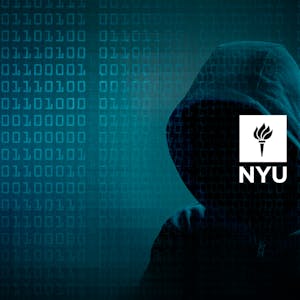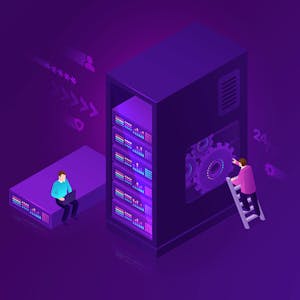Introduction to Cyber Attacks
About this Course
This course provides learners with a baseline understanding of common cyber security threats, vulnerabilities, and risks. An overview of how basic cyber attacks are constructed and applied to real systems is also included. Examples include simple Unix kernel hacks, Internet worms, and Trojan horses in software utilities. Network attacks such as distributed denial of service (DDOS) and botnet- attacks are also described and illustrated using real examples from the past couple of decades. Familiar analytic models are outlined such as the confidentiality/integrity/availability (CIA) security threat framework, and examples are used to illustrate how these different types of threats can degrade real assets. The course also includes an introduction to basic cyber security risk analysis, with an overview of how threat-asset matrices can be used to prioritize risk decisions. Threats, vulnerabilities, and attacks are examined and mapped in the context of system security engineering methodologies.Created by: New York University

Related Online Courses
Exam Prep: AWS Certified SysOps Administrator - Associate Specialization is intended for candidates performing an administrator role. This specialization will prepare learners to use AWS services... more
This specialization is intended for intermediate level learners with basic programming skills and basic cybersecurity knowledge. Through this course learner will learn about advanced secure... more
Discover scientifically validated pathways to enhance your happiness and psychological well-being in this course, designed to help you pursue a meaningful and satisfying life. Some of these... more
You will learn how to design technologies that bring people joy, rather than frustration. You\'ll learn how to generate design ideas, techniques for quickly prototyping them, and how to use... more
Embark on a transformative learning experience with our PyTorch Ultimate 2024 course. Begin with a solid foundation, understanding the key topics and objectives, and seamlessly transition through... more







